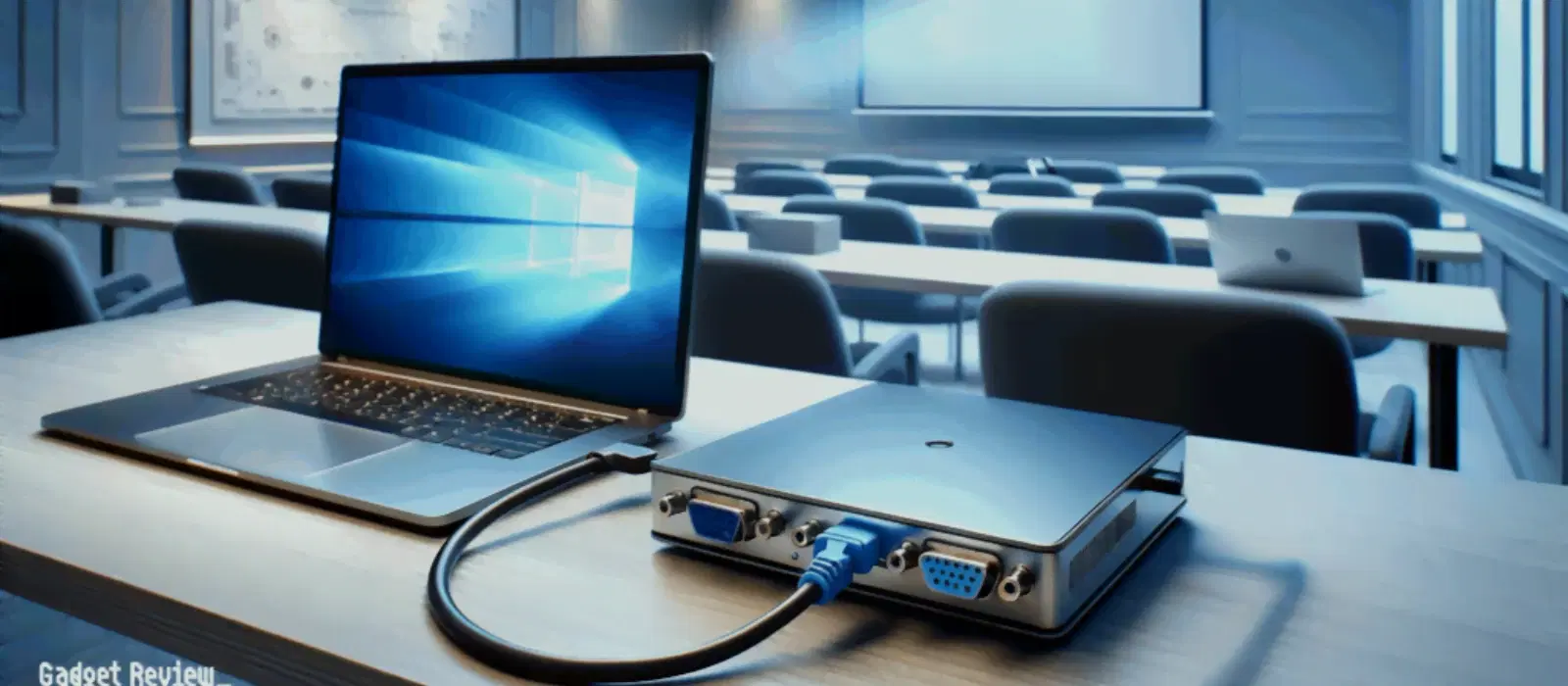
Consumer Electronics
•03 min read
Imagine being able to install a new operating system or troubleshoot your HP laptop with just a USB drive—no external tools or complicated processes required. At Tata Neu, we believe troubleshooting your device should be as seamless and rewarding as your shopping experience. Booting your HP laptop from USB may seem daunting at first, especially if you are new to BIOS settings or boot menus. This guide explains how to boot HP laptop from USB step-by-step, answering frequently asked questions and offering clear instructions to complete the task with ease.
USB booting means starting your laptop from a USB drive instead of the internal hard drive. This technique can be very useful for installing new operating systems, running diagnostics, or repairing system issues. Many find it simpler and more flexible than using traditional media such as CDs or DVDs.
There are numerous reasons to choose USB booting. For example, when you need to install Windows 10 or 11, or when you want to fix common issues easily. With a bootable USB drive, you have a portable tool that offers a faster and more modern alternative to older methods.
The first step in booting your HP laptop from USB is to prepare your bootable USB drive. You can use reliable tools like Rufus or the Windows Media Creation Tool to create your bootable media. Always ensure that your USB drive is formatted correctly; for most UEFI systems, FAT32 is recommended.
Next, finding your HP laptop boot menu is critical. Usually, the boot menu key is either Esc or F9. Knowing the difference between the boot menu and BIOS settings can help prevent unnecessary confusion. With the boot menu, you are simply selecting the device to start from, whereas BIOS settings require you to change system-wide configurations.
Expert Tip: Accessing the Boot Menu Quickly
Did you know that pressing the Escape key immediately after powering on your HP laptop can bring you directly to the boot options menu? This shortcut saves valuable time and eliminates the need to navigate through BIOS settings unnecessarily.
After preparing your bootable USB drive and accessing the boot menu, the next step is to configure your BIOS settings. Begin by enabling USB boot in the BIOS. Typically, you can find the USB boot option under the "System Configuration" or "Boot Options" tab. Navigate the menu carefully. Then, save your settings as soon as you make any changes.
Changing the boot order is equally important. This step involves prioritising your USB drive so that the system checks it first when starting up. Follow clear instructions in your BIOS or UEFI interface to set USB as the primary boot device, and confirm that the new order is saved.
Security settings are another aspect not to be overlooked. Secure Boot, a feature designed to protect against unauthorised operating systems, may prevent your USB drive from recognising as bootable. If you experience such issues, consider temporarily disabling Secure Boot. If issues persist, ensure your BIOS is updated to the latest version for optimal performance. Always check that you are following best practices when altering security settings.
Once BIOS settings are correctly configured, you are ready to boot your HP laptop from USB. Begin by restarting your laptop with your USB drive inserted. Be alert for prompts such as "Press any key to boot from USB." Follow these prompts to ensure the system boots from your USB drive.
If you experience any problems, such as the USB drive not appearing in the boot menu or failing to boot, do not worry. First, ensure the USB is correctly formatted (remember, FAT32 is the recommended format for UEFI systems) and is connected to a functioning port. In some instances, updating your BIOS or reformatting the USB drive may be necessary to resolve the issue.
Create a bootable USB drive, enable USB boot in BIOS settings, change the boot order to prioritise the USB, and then restart your laptop with the USB inserted.
Press the boot menu key (usually Esc or F9) immediately after powering on your laptop, select the USB drive, and confirm the selection to boot.
Create a Windows 10 bootable USB using a reliable tool such as the Windows Media Creation Tool, configure your BIOS settings to enable USB boot, and follow the installation prompts when the system starts from the USB drive.
Make sure that your USB drive is formatted correctly in FAT32, verify that it is connected to a working port, and confirm that the USB boot option is enabled in BIOS settings.
Follow the same steps as for Windows 10, ensuring your bootable USB drive is prepared with the Windows Media Creation Tool.
In most cases, HP laptops use either the Esc or F9 key. Press the relevant key immediately after powering on your laptop to access the boot options menu.
Booting your HP laptop from a USB drive is a straightforward process once you understand the necessary steps. By preparing your bootable USB, configuring the BIOS settings properly, and following clear instructions, you can handle almost any upgrade or troubleshooting task with confidence. Plus, earn up to 5% NeuCoins on every purchase with Tata Neu, ensuring you shop smartly and enjoy express delivery for orders placed before 6pm. Explore further tips and insightful guides on optimising your device's performance and rewarding experiences with platforms that value your time and trust.